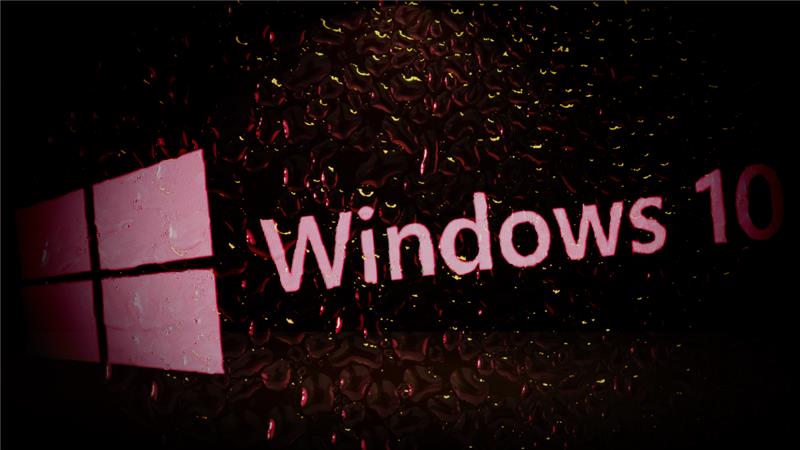
On October 8, Microsoft announced that by October 14, 2025, millions of UK users still using its 10th operating system (OS) will be vulnerable to new cybersecurity threats as the company effectively stops updating it, eliminating Windows 10 in place upgrade.
The end of support is a significant shift in how users protect their devices from threats on the internet, viruses, and scams. Without ongoing security patches, such systems can become a haven for viruses, data thefts and hackers.
According to a survey by Which? Tech magazine, one in four of the 21 million Windows 10 users in the UK intend to continue using it irrespective of the threats. More than one third are over 55 and few realize their machines will no longer be safe and secure like before.
A new worry just developed, and experts fear to be discarded and adding to the world’s growing e-waste mountain.
Microsoft Shuts Down Windows 10 Support
Windows 10 upgrade in place installations will no longer receive software updates or security patches. While devices will continue to run, the cost of losing protection, performance, and accountability over time.
Microsoft recommends the best course of action to be upgrading to Windows 11 or subscribing to a one-year extended security update that will run through October 26.
“Millions of people may be unprepared for the phasing out of Windows 10 next week. If you have a home laptop or PC running Windows, now is the time to check which version you’re using and if it’s Windows 10 or older, make a plan of action. If you don’t act, you could become more vulnerable to hackers and scams,” said Lisa Barber, the editor of Which?
For those upgrading from windows 10 in place, the process hinges on whether their computer meets Windows 11 system requirements. A supported system requires at least 4GB of ram, 64GB of storage, and a secure processor with trusted platform module (TPM) 2.0 capability. Those with older hardware that will not support Windows 11 can upgrade to alternative systems such as Linux or Chrome OS.
The issue also extends into business networks, with Windows 10 enterprise EOL forcing businesses to decide whether to upgrade their massive device fleets or invest in extended security options. Now most companies are reviewing budgets to ensure they avoid businesses disruptions or forthcoming data breaches.
Hackers Want to Block Windows 10 Upgrade
The deadline for Windows 10 in place upgrade comes at the same time as a rising cyber crisis in the UK. According to government statistics, current documented cyberattacks occur at a rate of nearly one every minute.
High-profile recent cyber hacks on Heathrow Airport, Jaguar Land Rover, and supermarkets have raised alarm over digital vulnerability and the requirement of having current software.
Windows 10 end of support consequences are under discussion among cybersecurity experts, who described how outdated systems can become soft targets for attackers.
Windows 10 upgrade hangs and failed updates can leave users in the short term vulnerable if not remediated in a timely manner. There have even been incidents where hackers enjoy disabling Windows 10 upgrade efforts to keep extra devices in a state of weakness for exploitation.
Experts are urging immediate action. Users can begin by reviewing network security settings Windows 10, ensuring firewalls are enabled and unnecessary sharing capabilities disabled.
Applying a Windows 10 security update released up to the cut-off date will reduce the risk.
“Always install your software updates, use passwords that are unique and not connected to your personal life and if something seems too good to be true it probably is,” Tony Neate, CEO at Get Safe Online, advises.
Cyber experts further emphasize the need for secure Windows 10 systems with antivirus software, encrypted backups, and system scans. Users can check pending updates and ensure that their protection features are turned on by opening the update and security Windows 10.
Finally, for those who have new computers, experts recommend an upgrade from Windows 10 to 11 prior to the cut-off date officially closing. Because early upgrading assures ongoing support from modern programs and prevention from already-existing vulnerabilities.
Microsoft’s bold message in this case is clear: the Windows 10 in place upgrade isn’t just a software update. It’s a step toward securing everyday digital life. As fast as cyber threats escalate these days, waiting may be what keeps a business vulnerable.
To those with a Windows 10 upgrade license, unfortunately, it is no longer valid, as the next upgrade will start with Windows 11.
Inside Telecom provides you with an extensive list of content covering all aspects of the tech industry. Keep an eye on our Cybersecurity sections to stay informed and up-to-date with our daily articles.